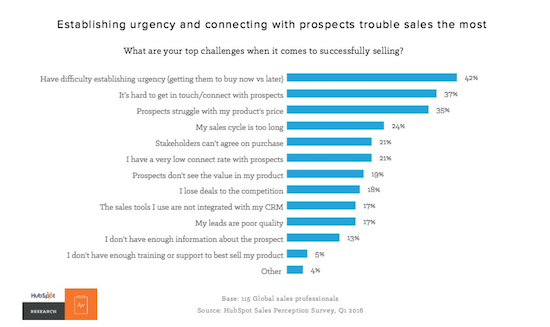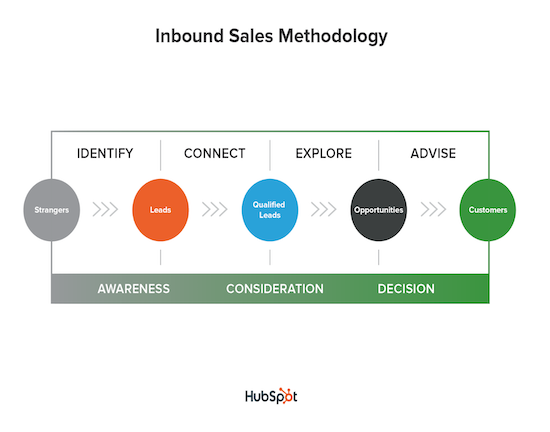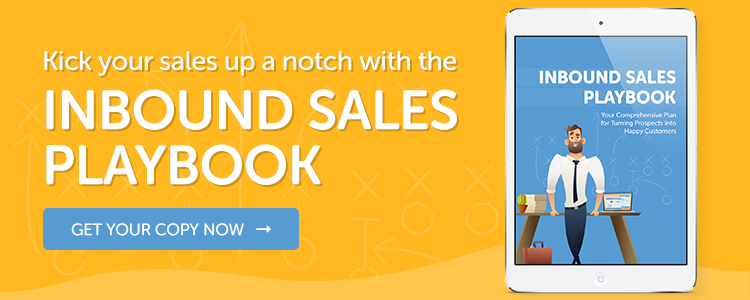In the world of sales, failure plays a big role. It can be hard to get a response from prospects, and according to 40 percent of salespeople, it’s only getting harder.
Making that connection with potential customers is a major hurdle for most salespeople. In fact, HubSpot research has found that 37 percent of sales professionals say it’s hard to get in touch and connect with prospects.

Source: HubSpot
But there are ways of overcoming that obstacle. One of the most common sales tactics used to make a connection is cold emailing.
What Is Cold Email?
Cold emailing is pretty much the same thing as cold calling. You email an individual that you don’t directly know with the specific intention of instigating a conversation about some sort of sale or service.
And while most people just classify it as spam, they’re actually missing the mark… most of the time.
Emails sent in bulk filled with product flashes would definitely fall under the spam category, but they’re dramatically different from one-to-one emails to qualified business prospects.
Cold Emailing Within the Sales Process: How Cold Selling Has Evolved
It’s not too new of a concept, actually. Cold selling has been around since people walked randomly around their local area, trying to sell to strangers on the street.
Direct Mail
Direct mail was the first method of mass cold outreach introduced. Companies would mail newsletters or postcards detailing sales offers directly to people’s homes.
Cold Calling
Then cold calls were introduced, and they were met with some controversy from the public. Some companies abused the practice of reaching prospects over the phone. There was a rise in fraudulent calls and crimes associated with it as a result.
Cold Email
When the digital era took off, cold emailing became the most popular method, since salespeople could get straight to the point, saving time and resources while still engaging with prospects.
Yes, Cold Emailing Is Still Important for These 3 Key Reasons
Even though cold outreach gets a bit of a bad rep in media, there are actually some real perks to practicing it. Here are some of the most impactful benefits of sending cold emails.
1. Expand Your Network.
By reaching out to potential customers who may not be aware of your products or services, you’re expanding brand awareness.
A cold email may not lead to a sale right then and there, but if the prospect develops a need later down the line, they’ll remember you and your business.
Cold email is about connecting with people just as much as it about the sale.
2. Generate More Qualified Leads.
Of course, expanding your network ultimately leads to you finding more potential customers.
Lead generation is the first step toward getting a sale, and you can reach more leads and build positive relationships through cold email.
In fact, 78 percent of decision makers report having arranged an appointment or attending an event as a result of a cold email or call.
3. The Process Is Scalable.
With new sales and marketing software tools entering the playing field, it’s become easier and easier to manage communications between prospects and yourself.
Automating cold sales and marketing emails can streamline your business’ processes, reducing the amount of time it takes to turn a lead into a customer.
Cold Email Fits In Your Sales Process (But It’s Not Your Entire Process)
Technically, cold outreach is an outbound sales tactic by nature, which is the opposite of adopting an inbound approach to selling. Inbound sales is about addressing prospects at each stage of the buyer’s journey.

Source: HubSpot
But that doesn’t mean cold emailing can’t work for the methodology. It fits well in the identify stage, where you can get your brand on the radar of potential leads.
It’s important to keep in mind, though, that not all cold emails are made equal. In fact, there are many mistakes you need to be mindful about avoiding so that your cold outreach campaign can actually be successful.
Cold Emailing Mistakes You Need to Avoid
There are five major missteps your sales team can make when they're conducting cold email campaigns.
1. You Fail to Stand Out.
If your cold emails are lacking creativity or uniqueness, then they’re going to wind up in the virtual trash bin along with all of the other “spam” emails your prospects get on a daily business.
The average person can receive hundreds of emails a day, especially through a business email. In order to catch their eye and not be part of the mass deletion, you need to be creative and catchy in your subject lines and have a personalized body.
2. You’re Not Establishing a Personal Connection.
It’s far too easy for a recipient to just hit delete when reading an email they find irrelevant or irritating.
To avoid that fate, you should do research on who you’re emailing so that you can personalize and tailor the message to their interests.
If you can tie your intention or offer to one of their characteristics or something current happening within their company, then they’re more likely to hear you out.
Successful sales are based on building connections nowadays, and you’ll see that reflected nowhere more than in your cold outreach.
3. You’re Lacking Sincerity.
People have a pretty good instincts of when someone is being real with them or not, and that’s not always impaired just because it’s taking place over email.
Giving general, shallow details, small talk, or even false praise can quickly backfire. Especially if you’re asking the recipient to do something for you.
Insincerity equates to no value in the minds of most people. If you truly have something to offer that’s going to better both you and the recipient, then you should have no trouble being genuine and authentic.
Cold outreach can be awkward in the beginning, admittedly, but that’s not an excuse to be fake.
4. You Use Clickbait in Your Subject Lines.
If you’re trying to trick your recipients into opening your emails with false subject lines, then you’re doing it wrong.
Honestly, once they open the email and find out that you’re not actually talking about what you indicated, they’re going to delete it pretty quickly anyway.
No one appreciates being lied to.
Being deceptive about who the email is from, any previous correspondence, urgency, false offers, or fake claims about a recipient’s actions is going to do far more harm than good.
5. You’re Not Following Up.
We said earlier that getting a prospect to respond can be challenging at times, so this is where it falls on you to take the reins.
Follow up your previous email with another one that’s just as personalized and relevant as the first. Chasing an email with another generic one isn’t going to get you the results you’re looking for.
Being persistent and confident is how you can keep yourself at the top of your prospects’ minds when they’re looking to finally address their needs.
Following best practices and utilizing templates can help you drive real results from your cold outreach.
You shouldn’t use cold email as your only tactic in your sales processes. Make sure to incorporate a good mix of inbound sales techniques into it too. The diversity in your approach can drive results in a big way.
Cold emailing still has relevance and a role in today’s sales world. When you use best practices and build a good deck of tactics to put into play, you can bring in a lot of new business.


Micah Lally
I’m a Content Writer at Bluleadz. I’m a big fan of books, movies, music, video games, and the ocean. It sounds impossible to do all of those at the same time, but you’d be surprised by the things I can accomplish.